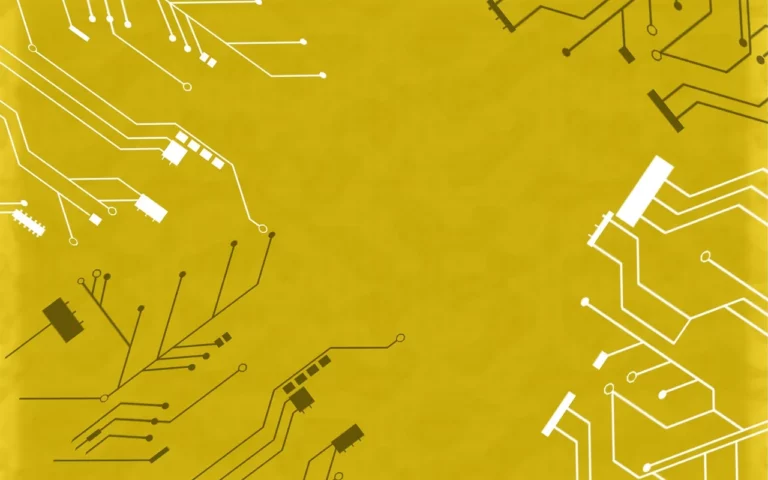Police are asking kids to stop pulling AI homeless man prank
Police are asking kids to stop pulling AI homeless man prank
Key Takeaways
- Structured headings with visual flow
- Strictly relevant to the selected category
- Inline images to boost engagement
Police Urge Kids to Stop AI Homeless Man Prank
In recent weeks, a disturbing trend has emerged on social media, particularly on TikTok, where children are engaging in a prank involving an AI-generated homeless man. This prank, while seemingly harmless to some, has raised significant concerns among law enforcement officials who urge young people to reconsider their actions. As technology advances, the ethical implications and potential consequences of such pranks warrant serious discussion.
The Rise of AI in Pranks
Artificial Intelligence (AI) has revolutionized various sectors, including entertainment and social media. From creating realistic images to generating lifelike characters, AI’s capabilities are vast. Unfortunately, these advancements also lend themselves to misuse, as seen in the AI homeless man prank. This section explores how AI is used in pranks and the societal impact of such actions.
Understanding the AI Homeless Man Prank
The AI homeless man prank typically involves using AI-generated imagery to create a virtual character that appears to be homeless. Individuals then film themselves interacting with this character, often to elicit reactions from bystanders. While some may view this as harmless fun, it raises ethical questions about the portrayal of homelessness and the potential distress it causes to the homeless community.
Social Media’s Role in Prank Culture
Platforms like TikTok and Instagram have popularized prank culture, with content often going viral. The quest for likes and shares leads many to engage in increasingly outlandish stunts. This phenomenon has created an environment where the consequences of actions are often overlooked in favor of fleeting internet fame. The AI homeless man prank is a prime example of this trend, highlighting the need for responsible content creation.
Police and Community Response
In light of the prank’s popularity, police departments across various regions have begun to issue warnings to the youth involved. Authorities argue that such pranks not only disrespect the homeless community but may also lead to legal repercussions for those involved. The following section outlines the key concerns raised by law enforcement.
Potential Legal Consequences
Engaging in pranks that involve AI-generated characters can lead to unintended legal consequences. While the intent may not be malicious, actions taken in public spaces can be construed as harassment or public disturbance. Police have emphasized the importance of understanding these implications before participating in what may seem like innocent fun.
Impact on the Homeless Community
The AI homeless man prank trivializes the struggles faced by real individuals experiencing homelessness. Law enforcement and community leaders highlight that such portrayals contribute to stereotypes and can exacerbate the stigma surrounding homelessness. It is crucial to foster empathy and understanding rather than perpetuating harmful narratives.
Key Takeaways
- The AI homeless man prank has raised significant ethical concerns.
- Law enforcement officials urge youth to reconsider their participation in such pranks.
- The prank trivializes the realities faced by the homeless community.
- Understanding the potential legal consequences is crucial for participants.
- Social media platforms play a significant role in shaping prank culture.
- Empathy and respect for all individuals should be prioritized over internet fame.
Frequently Asked Questions
What is the AI homeless man prank about?
The AI homeless man prank involves creating a virtual character that appears to be homeless using AI technology and filming interactions with this character, often for entertainment purposes.
Why are police concerned about this prank?
Police are concerned that the prank trivializes the struggles of real homeless individuals and may lead to legal issues for participants, including potential harassment charges.
How does social media influence prank culture?
Social media platforms like TikTok amplify prank culture by providing a space for content to go viral, encouraging individuals to engage in increasingly extreme and sometimes harmful behaviors for likes and views.
What are the potential legal implications of participating in such pranks?
Participants may face legal consequences such as charges of harassment or public disturbance, particularly if their actions are perceived as disrespectful or harmful to others.
How can we foster empathy towards the homeless community?
Fostering empathy can be achieved through education, community outreach, and promoting respectful portrayals of homelessness that highlight the challenges faced by these individuals rather than reducing their experiences to mere entertainment.
What should individuals do instead of participating in pranks like this?
Individuals are encouraged to engage in activities that promote kindness and support for the homeless community, such as volunteering, donating, or educating themselves about homelessness rather than trivializing it through pranks.
Conclusion
The rise of technology, especially AI, presents both opportunities and challenges. As society navigates these advancements, it is crucial to maintain a sense of responsibility, particularly when it comes to the sensitive portrayal of marginalized communities. The AI homeless man prank serves as a reminder of the ethical dilemmas we face in the digital age.
Next Steps
As we move forward, it is essential for individuals to reflect on their actions and consider the impact they may have on others. Engaging in constructive discussions about the responsible use of technology can help mitigate the negative consequences of pranks while promoting a more empathetic society.




